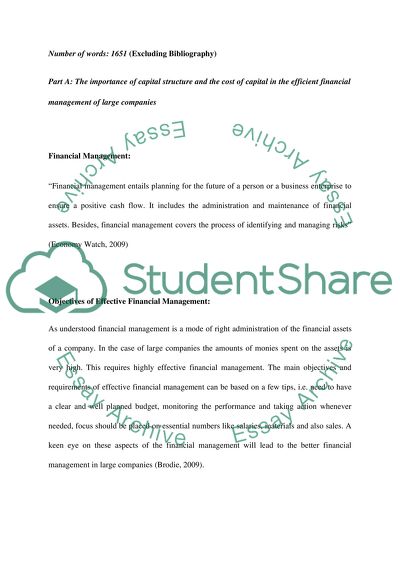Cite this document
(Analysis of Structure and Cost of a Capital Essay - 9, n.d.)
Analysis of Structure and Cost of a Capital Essay - 9. https://studentshare.org/finance-accounting/1556163-financial-management
Analysis of Structure and Cost of a Capital Essay - 9. https://studentshare.org/finance-accounting/1556163-financial-management
(Analysis of Structure and Cost of a Capital Essay - 9)
Analysis of Structure and Cost of a Capital Essay - 9. https://studentshare.org/finance-accounting/1556163-financial-management.
Analysis of Structure and Cost of a Capital Essay - 9. https://studentshare.org/finance-accounting/1556163-financial-management.
“Analysis of Structure and Cost of a Capital Essay - 9”. https://studentshare.org/finance-accounting/1556163-financial-management.


